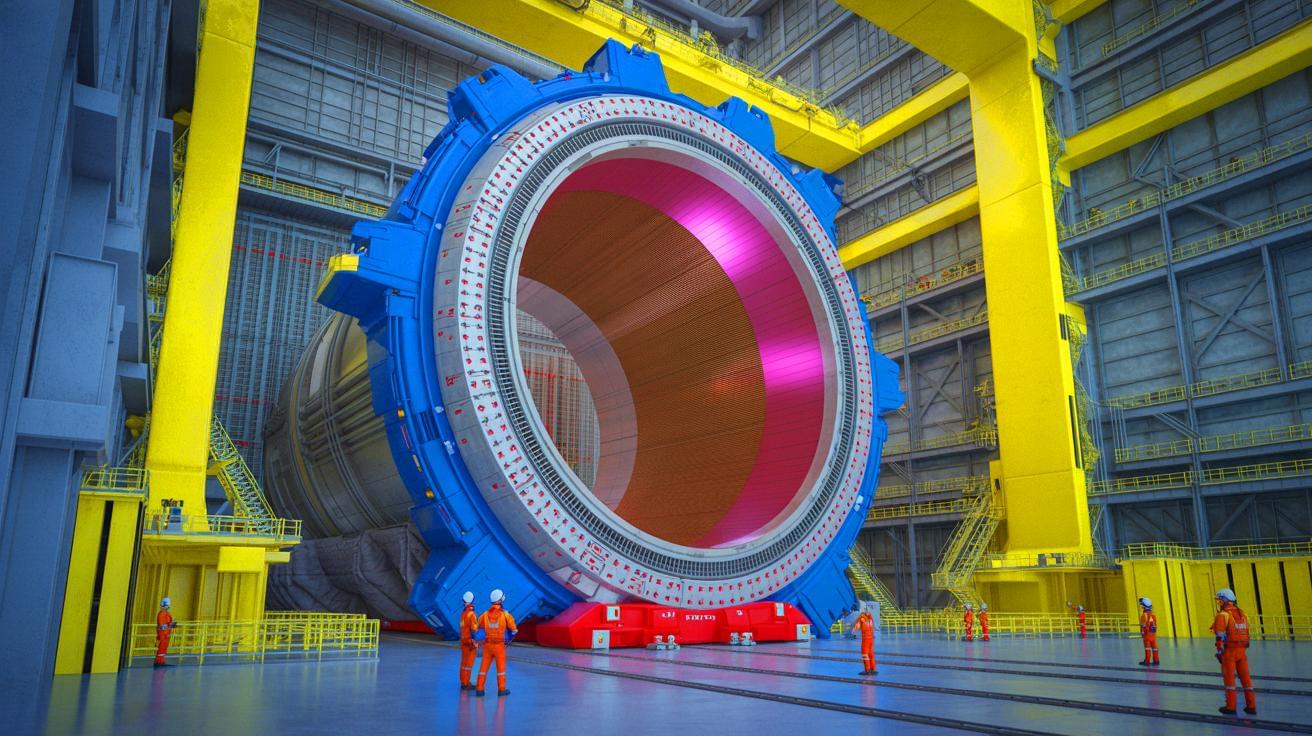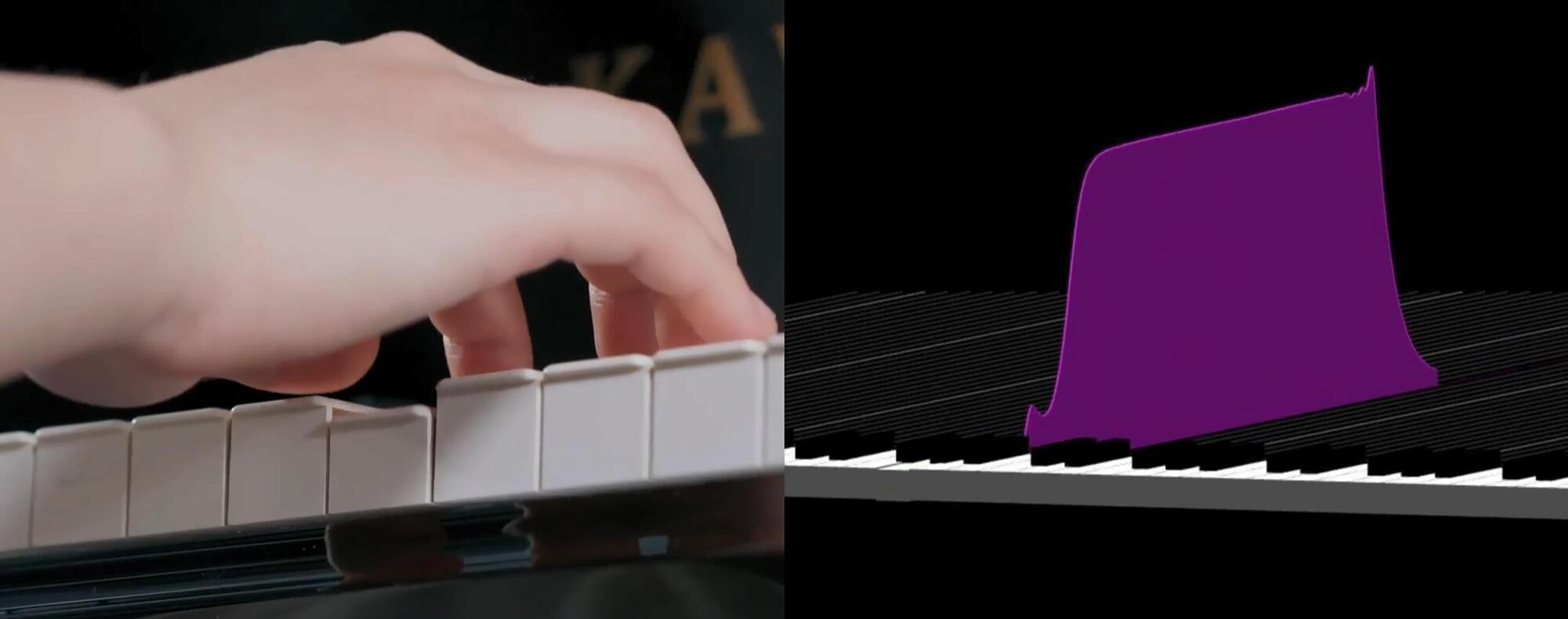Wiz uncovers CVE-2025–51591 SSRF exploitation in Pandoc targeting AWS IMDS; IMDSv2 mitigates attack.




Speaking at an ancient Roman theater at the foot of the Acropolis in Athens, Demis Hassabis, CEO of Google’s DeepMind, said rapid technological change demands a new approach to learning and skill development.
“It’s very hard to predict the future, like 10 years from now, in normal cases. It’s even harder today, given how fast AI is changing, even week by week,” Hassabis told the audience. “The only thing you can say for certain is that huge change is coming.”
The neuroscientist and former chess prodigy said artificial general intelligence—a futuristic vision of machines that are as broadly smart as humans or at least can do many things as well as people can—could arrive within a decade. This, he said, will bring dramatic advances and a possible future of “radical abundance” despite acknowledged risks.




Throughout the course of their lives, people typically encounter numerous other individuals with different interests, values and backgrounds. However, not all these individuals will become their good friends, life partners, or meaningful people in their lives.
Many past psychology and behavioral science studies investigated the relationships between different people and what contributes to their perceived affinity to others. While some of these studies linked friendship to physical proximity, interpersonal similarities and other factors, the neural patterns associated with social connections between people have not yet been fully elucidated.
Researchers at University of California Los Angeles (UCLA) and Dartmouth College recently carried out a study exploring the possibility that people who end up becoming friends exhibit similar neural activity patterns. Their findings, published in Nature Human Behavior, suggest that people are in fact drawn to others who exhibit similar emotional and mental responses to their surroundings.


There’s always some debate around what style of architecture is best for certain computing applications, with some on the RISC side citing performance per watt and some on the CISC side citing performance per line of code. But when looking at instruction sets it’s actually possible to eliminate every instruction except one and still have a working, Turing-complete computer. This instruction is called subleq or “subtract and branch if less-than or equal to zero ”. [Michael] has built a computer that does this out of discrete components from scratch.
We’ll save a lot of the details of the computer science for [Michael] or others to explain, but at its core this is a computer running with a 1 kHz clock with around 700 transistors total. Since the goal of a single-instruction computer like this is simplicity, the tradeoff is that many more instructions need to be executed for equivalent operations. For this computer it takes six clock cycles to execute one instruction, for a total of about 170 instructions per second. [Michael] also created an assembler for this computer, so with an LCD screen connected and mapped to memory he can write and execute a simple hello world program just like any other computer.
[Michael] does note that since he was building this from Logisim directly he doesn’t have a circuit schematic, but due to some intermittent wiring issues might have something in the future if he decides to make PCBs for this instead of using wire on a cardboard substrate. There’s plenty of other information on his GitHub page though. It’s a unique project that gets to the core of what’s truly needed for a working computer. There are a few programming languages out there that are built on a similar idea.